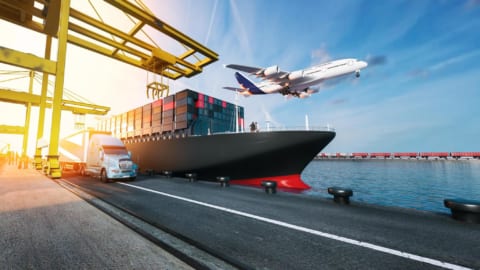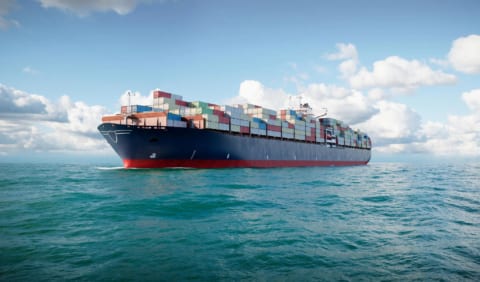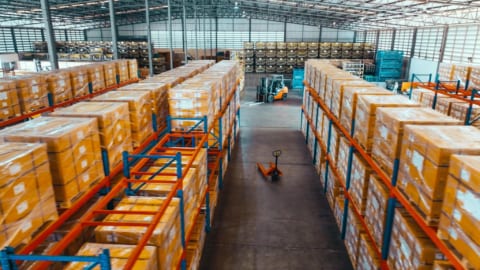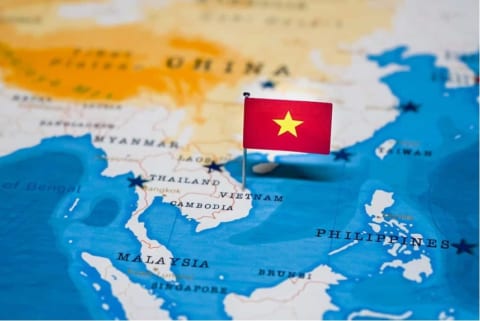Every exporter/importer must run into the acronym LCL shipment (standing for less than container load) while doing their job.
As LCL shipment results in lower costs than other shipping methods do, it is highly recommended for shipping goods in small/moderate quantities. However, not everyone knows how to take advantage of this optimal shipping method. It’s why we really need this article: the ultimate guide for LCL shipment.
Before getting started, we will go through what is outlined in this article.
- LCL shipment definition
- Its pros and cons
- Its costs
- When to ship LCL? Comparison between LCL and air freight and FCL
- How to pack an LCL shipment
- Other transportation needed for LCL cargo
- Important notes
LCL shipment definition
When your cargo does not fill an entire 20-foot or 40-foot container, you can have it shipped in a shared container with other shipments. That is the definition of LCL shipment.
Pros of LCL Shipment
- Cost-effective: while it is a flat rate called commodity box rate you need to pay for the container with FCL, you only pay for the volume you ship with LCL shipment.
- Save inventory space: your inventory space can be saved when you have your cargo shipped in small volumes. LCL shipment is, therefore, the preferred shipping mode for small-sized enterprises.
- LCL shipment is more likely to be available than FCL in the peak season.
Cons of LCL Shipment
- LCL shipment might be more expensive when it comes to large volume cargo shipment. It’s because LCL charges more per cubic meter (CBM) than FCL does.
- Longer transit time: sometimes LCL shipment has to stop at multiple ports and experience many times of loading and unloading. Therefore, transit time could be prolonged and even results in delays. Moreover, merchandise could get damaged or lost due to frequent handling.
LCL Shipment costs
LCL shipment often charges on the basic of volume (CBM). But in the case that the cargo weighs more than 1 ton, it could charge on the basic of weight.
Therefore, volume and weight are the two factors to calculate the payment with LCL shipment.
It is important for importers and exporters to know that the shipping process covers not just sea voyage but also a longer journey. So once a freight forwarder makes a LCL quote, it often covers the cost of:
- Picking up the merchandise from shipper’s warehouse
- Loading the merchandise into the container with other shipments (which is called container stuffing)
- Ship journey
- Destuffing and deconsolidation in destination country
- Transporting the cargo by truck to destination warehouse
When to choose LCL shipment?
The general rule is to use LCL shipment for low or moderate-volume cargo to keep costs low. But before taking a decision, consider these factors while also examining how LCL shipment compares to air freight and FCL:
The very important thing to note when using LCL shipment is that LCL is only suitable for shipping cargo in small/medium sized volumes to keep costs low.
1. LCL shipment vs. air freight
You might be told that both air freight and LCL shipment are suitable for small cargoes, but do you know which one is better?
The answer depends on the size, weight, content and the urgency level of your cargo.
- Air freight is more expensive and its prices more volatile. If the cargo size and weight increase, air freight rates will increase comparatively faster than LCL shipment rates. If you are on a tight budget, you might be better off shipping LCL, especially for heavy cargo.
- Air freight is safer and faster. A shipment that takes a month by sea can be shipped within days by air. Air freight is better for valuable and time-sensitive goods.
- However, ships are getting faster. Some offer Expedited LCL shipment, with a guaranteed delivery period that almost matches air delivery time while remaining cheaper than air freight. Expedited LCL shipment is popular with those working in e-commerce, fashion, energy and manufacturing.
- Compared to ships, airlines have more restrictions on goods, especially hazardous material. For such merchandise, LCL shipment might be a better bet.
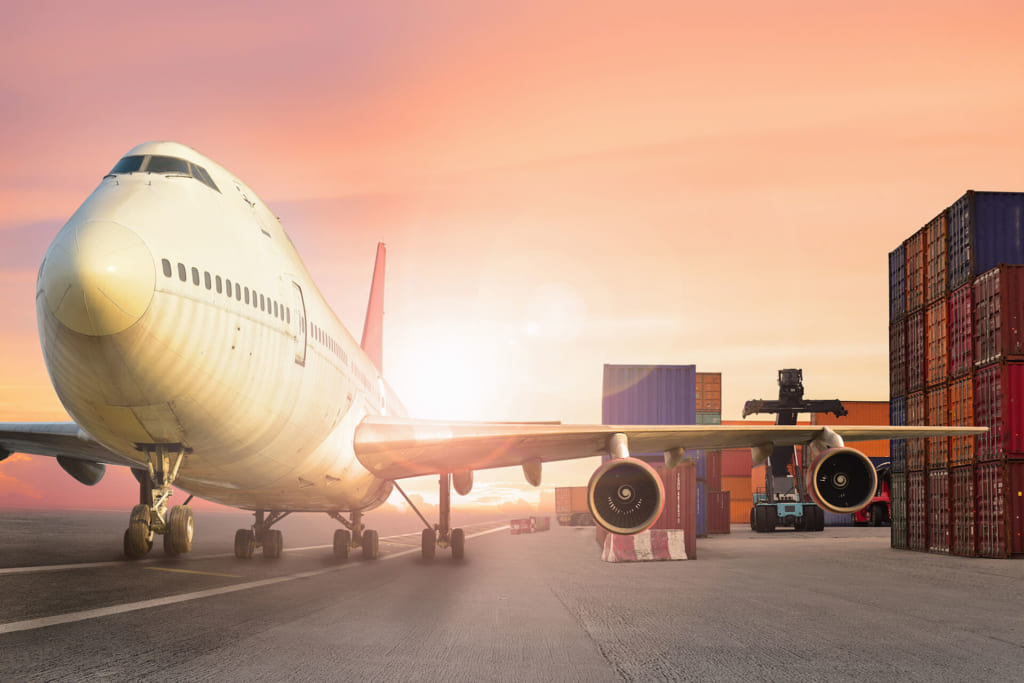
2. LCL shipment vs. FCL shipment
While LCL shipment seems to be the usual choice for shipments that don’t fill an entire container, it sometimes makes more sense to book FCL when your cargo reaches a certain volume. Consider these factors:
- With LCL shipment charging a higher rate per CBM, industry insiders recommend LCL for shipments up to 13 cubic meters and FCL for anything above. So, if your cargo volume is 15 cubic meters, an LCL booking might cost the same or more than an FCL booking. Also, an LCL shipment might invite additional destination charges. In such a scenario, it is better to pay for a full container and enjoy its benefits.
- That said, LCL shipment rates are more stable. They stay valid for a month to three months while FCL rates are generally valid for two weeks at a time.
- Cargo content must be factored in. FCL cuts risk of contamination from other cargo, so it is better for temperature-sensitive and hazardous merchandise. But LCL shipments are said to be more securely packed, reducing risk of damage from movement
- Time is also a factor. FCL is suited for urgent deliveries and LCL shipment for cargoes with flexible delivery dates
How to pack an LCL shipment?
Improper packaging is said to be the single biggest cause of damage to LCL shipments. Here’s what you can do to secure your cargo:
- Pack your cargo in boxes designed for exporting goods, not in any old bag or box. When the boxes are stacked in a container, it is called loose LCL shipment. For greater security and easier handling, place the cargo on pallets, secure with straps and wraps, and load the pallets in the container. This is called palletised LCL shipment. A pallet is a flat structure, usually made of wood and sometimes of steel and plastic. They come in standard sizes, the most common being 48 inches x 40 inches.
- Label each piece of cargo with details including booking number, destination country, shipper (exporter) and consignee (importer) names. Number each piece of cargo. Include a fragile tag if needed. All labels must be correct and visible.
- Make sure your cargo pieces are uniformly and evenly packed
- If your cargo is fragile (flat-screen TVs) and should not be stacked, mention this up-front to your freight forwarder
Truck transportation for your LCL shipment
Apart from ships, there are other modes of transportation – rail, road and barge – involved in the shipping process. Trucks are particularly important to this logistics chain. And it is important to choose the right truck transportation for your LCL shipment. There are two options:
- FTL (full truckload): This means a truck carries one shipment that meets its space or weight limits
- LTL (less than truckload): Here, a truck carries more than one shipment that is of a smaller volume than an FTL shipment
FTL pros and cons: Shorter delivery time, less cargo handling, lower risk of cargo loss or damage. But it is the more expensive option. Freight is charged on the basis of distance. Suitable for: Time-sensitive or valuable cargo.
LTL pros and cons: Cheaper, because you pay only for the section of the truck your cargo occupies. Freight is charged on the basis of weight. But because of multiple shipments, there is more than one pick-up and drop-off, hence longer transit time and more cargo handling. More size and weight restrictions compared to FTL. Suitable for: Small businesses sending moderate volumes of goods, cargo with flexible timelines. By most estimates, good for individual shipments weighing up to 6,800 kg (15,000 pounds).




